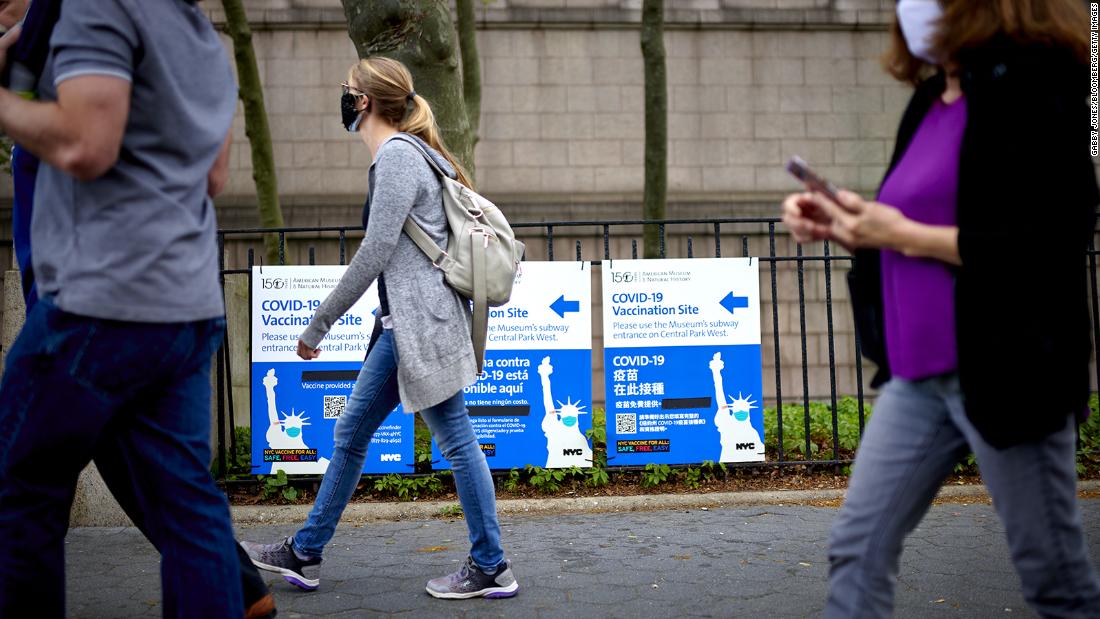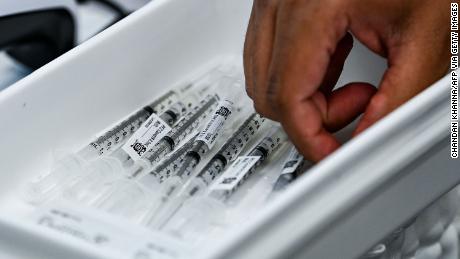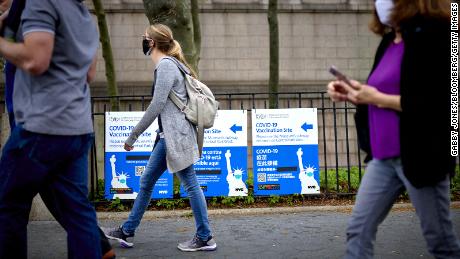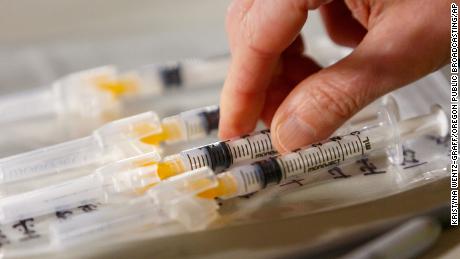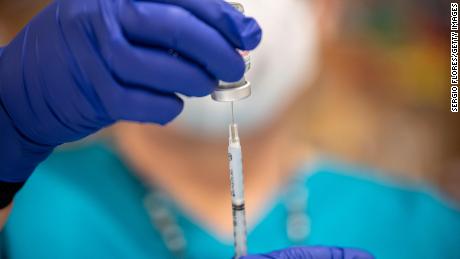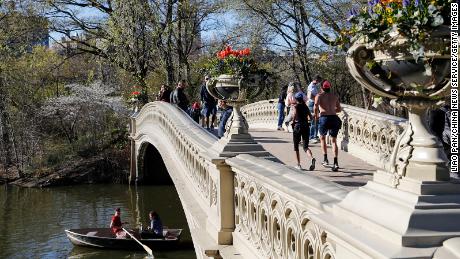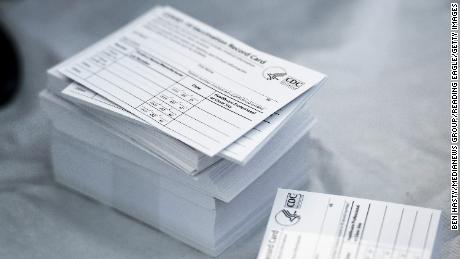The shift the US needs to make in vaccination efforts
Experts say they saw that coming.
“In the first few months, we were capturing the part of the population that really wanted these vaccines,” Infectious diseases expert Dr. Mati Hlatshwayo Davis told CNN on Saturday. “But now we’ve reached the ‘wait and see’ crowd and the outright ‘I don’t want it’ crowd.”
“Vaccine confidence needs to be addressed, while access needs to be addressed too,” Davis said. “We need to be … innovative around both culturally competent education and be thoughtful about where the holes are and where we can get shots in people’s arms.”
“The group we should be targeting first are those who actually really want the vaccine but just haven’t had it because they have other things in their lives to worry about,” like jugging multiple jobs or taking care of elderly parents or children, she said.
“We need to make it really easy for them to get the vaccine. I think we should be closing mass vaccination sites, redistributing vaccines to doctors’ offices, pharmacies, getting public clinics and churches and schools and workplaces,” Wen added.
And there’s a group of people who have specific concerns about the vaccines, like for example, what the side effects might be, Wen said.
“We need to address these concerns, ideally by people in their community who changed their minds, who initially thought, ‘I’m worried about the vaccines too, but here’s what changed my mind.'”
US is still in a race to vaccinate
But the quicker the US vaccinates more Americans, the more opportunity the country has to prevent both further spread of the virus and the potential for new dangerous variants to emerge.
“The more virus and viral replication, the virus has more chances to mutate and this means additional opportunities for variants to evolve,” Walensky said.
In Oregon, Gov. Kate Brown sounded the alarm Friday, saying the state has recorded Covid-19 case increases of 20% of more for five weeks straight and nearly doubled its hospitalization numbers in a week.
Cases were widespread, the governor said, and driven by more contagious variants.
She added multiple counties would now see temporarily tightened restrictions to help slow the spread of the virus.
By summer we could be back to normal, expert says
Walensky, the CDC director, said Friday a July 1 Covid-19 reopening plan was reasonable.
“We are focused on getting people vaccinated and decreasing the case rates,” she said. “If we can continue at this pace — case rates are coming down, vaccinations going up — then I think July 1 would be a reasonable target.”
One expert told CNN on Saturday that by summer time, the US will be very close to the normal we’ve longed for.
“As we head into the summer and hit 60, 70% vaccination rates, transmission will plummet. And that means that life will look very much like it did in 2019,” said Dr. Peter Hotez, dean of the National School of Tropical Medicine at Baylor College of Medicine.
But right now, Hotez said, there’s still a significant level of transmission of the virus.
In the past week, the US has averaged more than 49,000 new Covid-19 cases daily, according to data from Johns Hopkins University.
Even as Covid-19 numbers get better, it will be important to keep vaccinating Americans to prevent a resurgence of the virus in the fall and winter, Wen said.
“I … fear that people are going to get complacent,” she said. “They’re going to see that things are returning to normal. They can go about doing things that they weren’t able to before, regardless of whether they were vaccinated.”
If people who are now on the fence don’t get vaccinated, the US may not reach widespread levels of protection against the virus, Wen said.
“And then, with the winter… we have a big resurgence, maybe we have variants coming in from other countries, and we could start this whole process all over again,” she said.
CNN’s Kelsie Smith and Virginia Langmaid contributed to this report.
![]()


